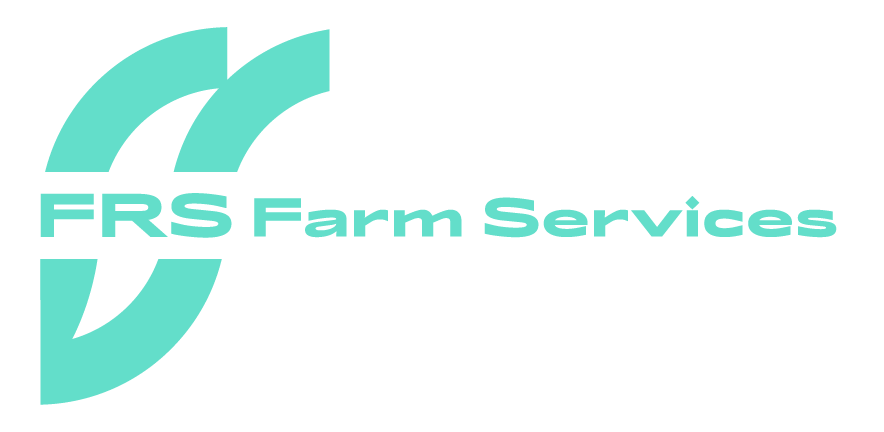At this time of year grass is to the forefront of farmers’ minds. When maximising the potential of their grass, farmers look at a number of areas including P and K levels, PH and lime. But it is important not to forget about weed control.
Controlling weeds is a vital task. Weeds compete for light, water and nutrients in the soil and can affect the overall crop.
With good growing conditions for grass, also comes good growing conditions for weeds. Now, while weeds are young, is the most manageable time to get rid of them. Common grass weeds include docks and thistles. Docks are easiest to remove at rosette stage and thistles are easiest to remove before they develop stolons and branch out.
Depending on the crop and type of land, farmers should have their own personalised weed control plan. Teagasc states that heavy use of herbicide for weed control is unsustainable. Due to the loss of key ingredients in herbicides, the lack of new products to market and the build-up of resistance in the weeds, farmers cannot rely on herbicides alone.
Integrated Weed Management
Integrated weed management is recommended. This is where the approach to controlling weeds is by using multiple tactics including non-herbicide or cultural techniques. This is a long-term process and will be different for each farmer.
When weeds present themselves, farmers should correctly identify the weed (preferably early in growth) and decide what is the safest option for removal for the crop, environment, and operator/farmer. Farmers should consider if the option is compatible with other products they intend on using. Also, if it is cost effective.
Safety Guidelines
After going through their options, if farmers decide on using a chemical spray there are a number of safety guidelines they must adhere to. Firstly, ensure the product is suitable to the weed and always carefully read the instructions before starting the job. In particular, take note of the rate of application and the buffer zone stated.
The correct weather conditions are essential when spraying. Do not chemical spray in wet or windy weather. Also avoid spraying if frost is on the way.
Farmers or operators must wear protective gear including gloves, mask, goggles and suit. Take care to dispose of PPE correctly and wash hands correctly. After spraying take time to properly wash all equipment to avoid cross contamination.
Recording is Important
Lastly, keep a record of the product used and always wait the recommended time post spraying before grazing, cutting etc.
Farming app Herdwatch has a mapping feature that can help farmers with their overall grassland management. Simply map out fields and name them using GPS. This feature will help farmers stay on top of farm compliance paperwork by creating paddock & spray records. Record all field and paddock jobs and notes quickly and view them through the map.
FRS are currently hiring farm staff. To find out more by calling 0818 890 890 or visit frsfarmreliefservices.ie/careers for current vacancies and to apply online.
